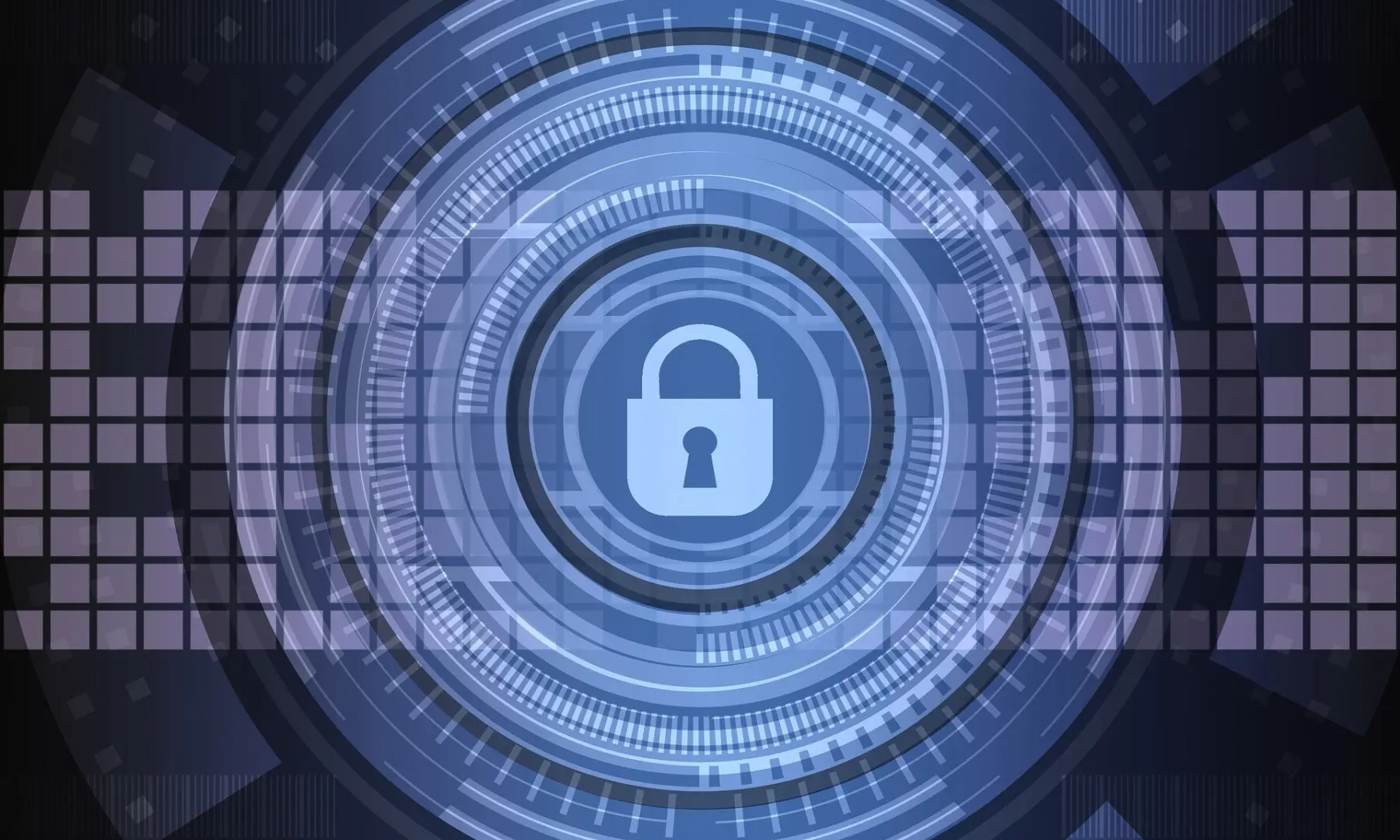Decentralized Identifiers (DID): Exploring the Potential of Blockchain Technology for Personal Information Protection


Introduction
In today’s world, there are countless online services that require user identification. Most of them rely on centralized systems, which can lead to data breaches and personal information leaks. Third-party intervention and lack of control over personal data raise increasing concerns among users. In this article, we will discuss decentralized identifiers (DID) and their potential for utilizing blockchain technology to protect personal information.
What are Decentralized Identifiers (DID)?
Decentralized identifiers (DID) are a novel approach to user identification based on blockchain technology. DID allows for the creation of unique identifiers for each user that are not tied to a centralized system. Instead, user information is stored on the blockchain, which serves as a distributed, immutable, and transparent database.
How do DID work?
DID operates on distributed ledger technology (DLT), such as blockchain. When a user creates a DID, they generate a pair of keys – a public and private key. The public key is used for user identification, while the private key enables control over access to personal information. These keys are stored in encrypted form on the blockchain, providing a high level of security.
Advantages of using DID
- Greater control over personal information: users can manage their data, granting or revoking access without third-party intervention.
- Enhanced security: blockchain provides cryptographic protection of data, significantly reducing the likelihood of information leaks.
- Reduced costs for data support and verification: blockchain allows for the automation of processes related to identification and personal information verification, cutting costs for maintenance and data management
Potential use cases for DID
- Digital identity management: DID can be used to manage various digital identifiers, such as logins and passwords, bank accounts, and even government documents.
- Authentication for online services: DID allows for authentication without the need to share personal data, ensuring privacy and security for users.
- Data access management: using DID, users can grant and control access to their data for different services and organizations.
- Cross-border identification: due to the decentralized nature of blockchain, DID can be used to simplify identification and verification processes for users across different countries.
Drawbacks and challenges with DID
- Scalability: blockchain networks may face scalability issues as the number of users and data volume grows.
- Standardization and compatibility: several projects are working on DID development, and it is essential to establish standards to ensure compatibility between different systems and platforms.
- Privacy concerns: although blockchain provides a certain level of privacy by storing data in encrypted form, there is a risk of information disclosure if the technology is misused.
Conclusion
Decentralized identifiers (DID) represent a promising direction in blockchain technology development and personal information protection. They provide users with greater control over their data and offer enhanced security. However, there are several challenges that need to be addressed to make the use of DID widely accessible and effective. Developing standards, improving scalability, and ensuring privacy are key aspects for the successful advancement and implementation of this technology. In the future, DID could become an essential tool for creating a secure and decentralized network where users control their information and interact with each other at a new level.
Recent Posts
How to Manage an Online Community: Best Practices for Success
In today's digital age, online communities have become a pivotal aspect of brand building, marketing, and fostering user engagement. Proper…
The Future Smart Home: Automation, Energy Efficiency & Next-gen Technologies
Automation, Energy Efficiency, and Cutting-edge Technologies in Domestic Management. 1. Introduction In today's world, technology continues to become more integrated…
Building an Online Community: A Step-by-Step Guide
In today's digital age, online communities have become hubs for knowledge exchange, shared interests, and camaraderie. If you're thinking of…
Blockchain’s Revolution in Real Estate: Ushering in Transparency
Blockchain, originally known as the backbone technology of cryptocurrencies, holds potential far beyond the financial sector. One such area where…
Leveraging Graph Databases for Complex Data Structure Analysis: An Overview of Benefits and Application Methods
The contemporary data landscape is ever-expanding and becoming more intricate, and conventional analysis tools and methods often fall short in…
Leveraging Quantum Computers in Scientific Research: A Revolution in the World of Science
The emergence of the first working prototypes of quantum computers signaled a new era of scientific exploration. With a fundamentally…